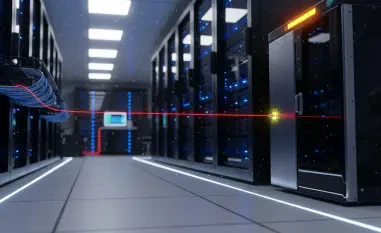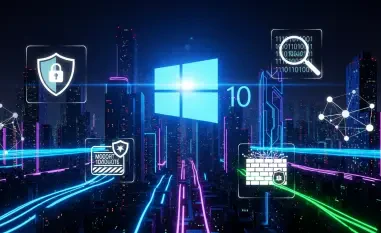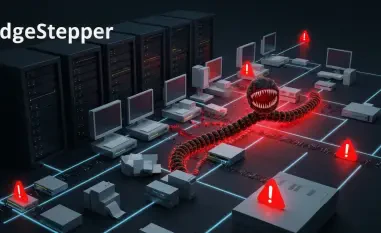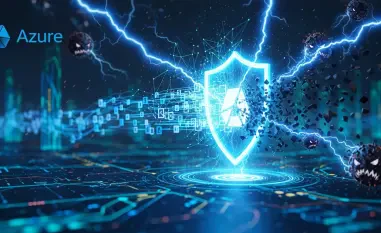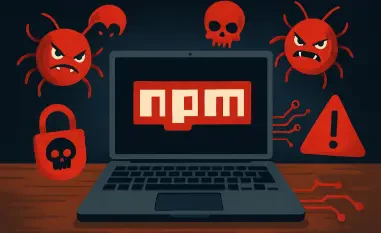The landscape of industrial sectors is facing an unprecedented challenge with the surge in ransomware attacks targeting critical infrastructure. This increase, reflected by a rise in documented incidents, highlights the essential need for adopting robust cybersecurity best practices. The consequences of such attacks have been profoundly felt across various organizations, emphasizing the urgency for proactive defensive measures. Industrial entities must now strategize intensely to avoid both financial loss and operational disruptions.
Understanding the Rising Ransomware Threat in Industrial Sectors
Ransomware attacks on industrial sectors are rapidly evolving, not only in frequency but also in sophistication. The threats faced by organizations like Unimicron and the South African Weather Service starkly illustrate the potential havoc caused by such breaches. These incidents reveal inherent inadequacies in existing security infrastructures, underscoring the necessity for refined best practices. Addressing these cybersecurity challenges is crucial for safeguarding infrastructure critical to sectors like manufacturing and transportation.
The inevitability of such threats highlights the importance of a comprehensive guide covering the core areas of concern: the inherent challenges of defending industrial networks, implementing successful solutions, and establishing robust readiness strategies. These elements are crucial in ensuring that industrial entities remain resilient against ransomware threats.
The Importance of Adopting Best Practices
Embracing best practices in cybersecurity is critical for industrial sectors striving to maintain their integrity and operational efficiency. The ever-evolving nature of cyber threats requires an adaptive approach to managing security risks. By adhering to best practices, organizations can significantly bolster their defenses, resulting in enhanced security, reduced operational disruptions, cost efficiencies, and improved regulatory compliance.
Best practices in cybersecurity not only strengthen the security posture but also enable organizations to achieve a seamless integration of financial and operational objectives. Following streamlined protocols helps in mitigating risks and ensuring that industrial operations thrive without interruptions. This enhances the ability to foresee and respond to emerging threats, marking a significant advancement in operational efficiency.
Implementing Effective Best Practices for Cybersecurity
Ensuring Comprehensive Network Segmentation
Network segmentation is a pivotal cybersecurity strategy, particularly within industrial environments where both IT and operational technology (OT) intersect. It involves dividing a network into subnetworks, thereby limiting the spread of ransomware across systems. This methodology enhances security by isolating critical assets and minimizing the surface area for potential cyberattacks.
A real-world example of the effectiveness of network segmentation is evident in a manufacturing plant where dividing the network reduced the impact of a successful cyberattack. By isolating operational systems from administrative networks, the organization managed to contain the breach, protecting essential operations from significant damage.
Establishing Robust Endpoint Detection and Response (EDR) Systems
Establishing EDR systems provides industrial operations with the ability to detect and respond to cybersecurity threats more aggressively. EDR solutions give a panoramic view of network endpoints, allowing for real-time tracking and remediation of suspicious activities. Implementing robust EDR systems in industrial contexts is paramount, considering the intricate nature of connected devices within these sectors.
A notable case highlighting the importance of EDR deployment was witnessed in a power facility that enhanced its security infrastructure by implementing advanced EDR systems. This move enabled the organization to quickly identify and mitigate potential cyber threats, thereby preserving operational stability and avoiding costly downtimes.
Preparing for the Future: Recommendations and Strategic Considerations
As the threat landscape continues to evolve, evaluating current preparedness levels and outlooks is essential for industrial sectors. Organizations must place a strong emphasis on identifying critical vulnerabilities and strategically prioritizing cybersecurity improvements. This involves rigorous assessments of existing security measures and keen attention to emerging threats.
The adoption of recommended measures benefits organizations by bolstering their cyber defenses, ultimately safeguarding both financial and operational resources. Proactive cybersecurity planning necessitates careful consideration of organizational needs, emphasizing the adoption of technological innovations and educational initiatives tailored for optimal industry resilience.
In conclusion, the dynamic nature of ransomware threats requires industrial sectors to continuously evolve their cybersecurity strategies. Historical incidents have served as valuable lessons, prompting the need for collaborative and informed approaches to bolstering defenses. By integrating comprehensive security frameworks, embracing innovation, and fostering a culture of awareness, industrial entities can safeguard against the ever-present risks posed by ransomware.

